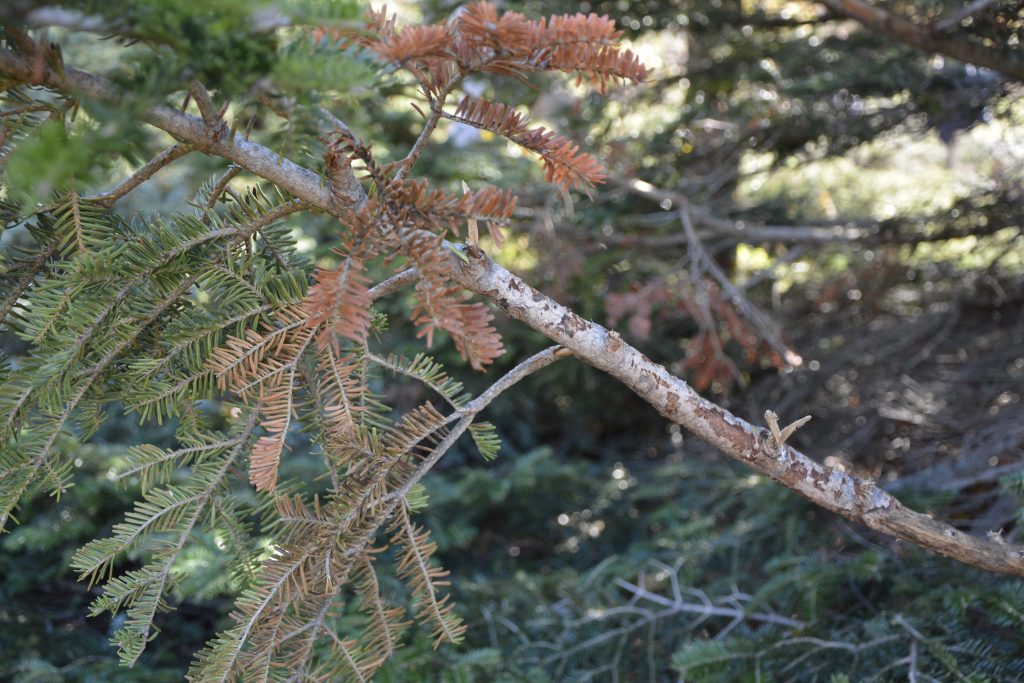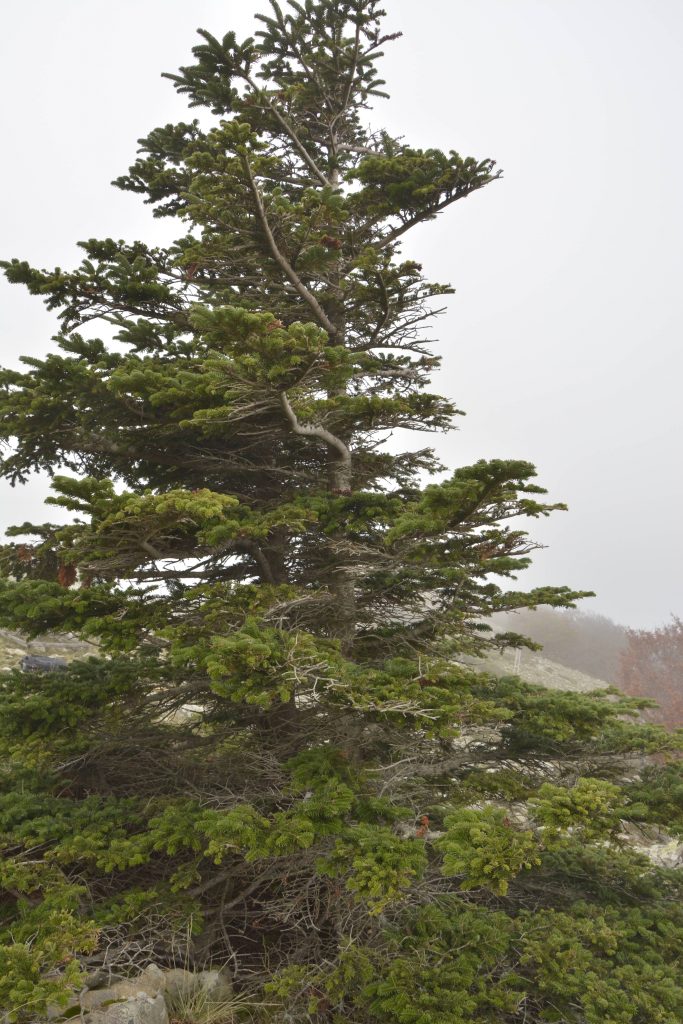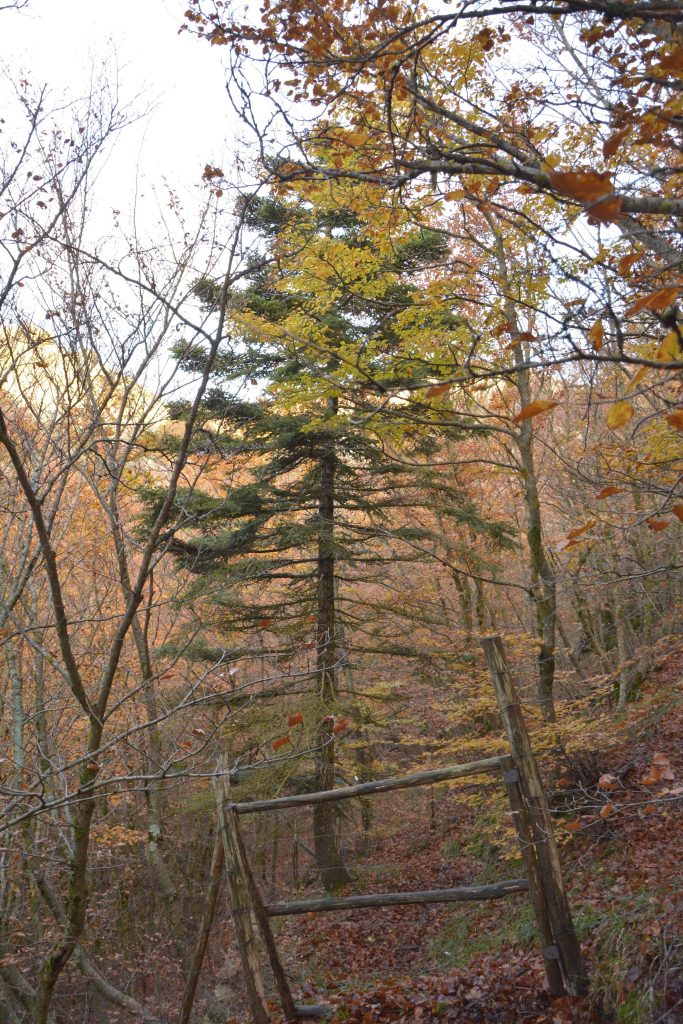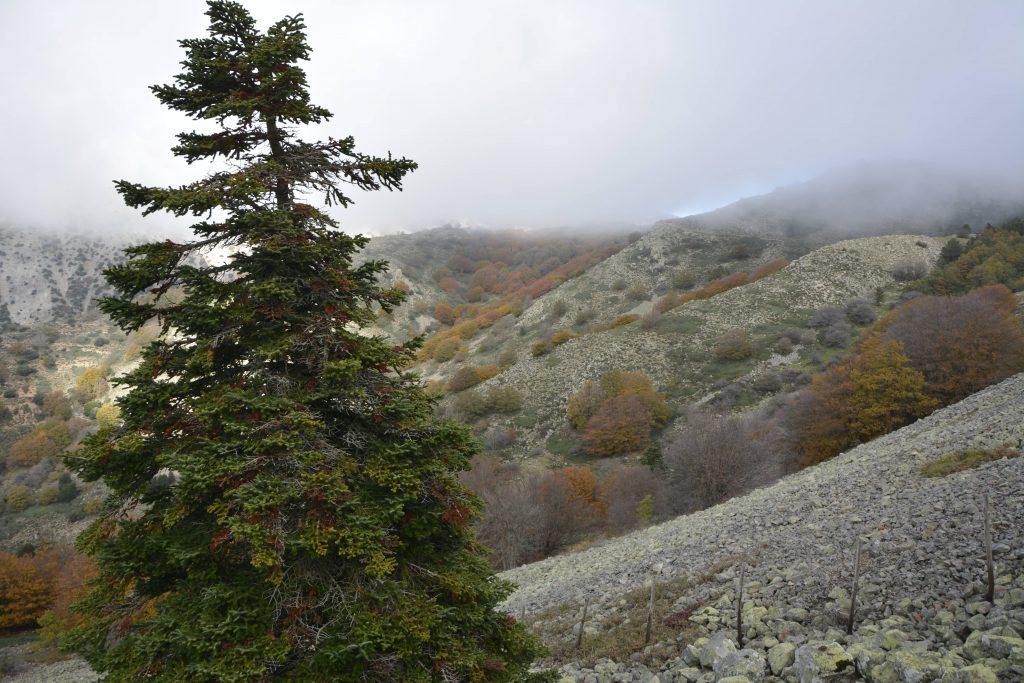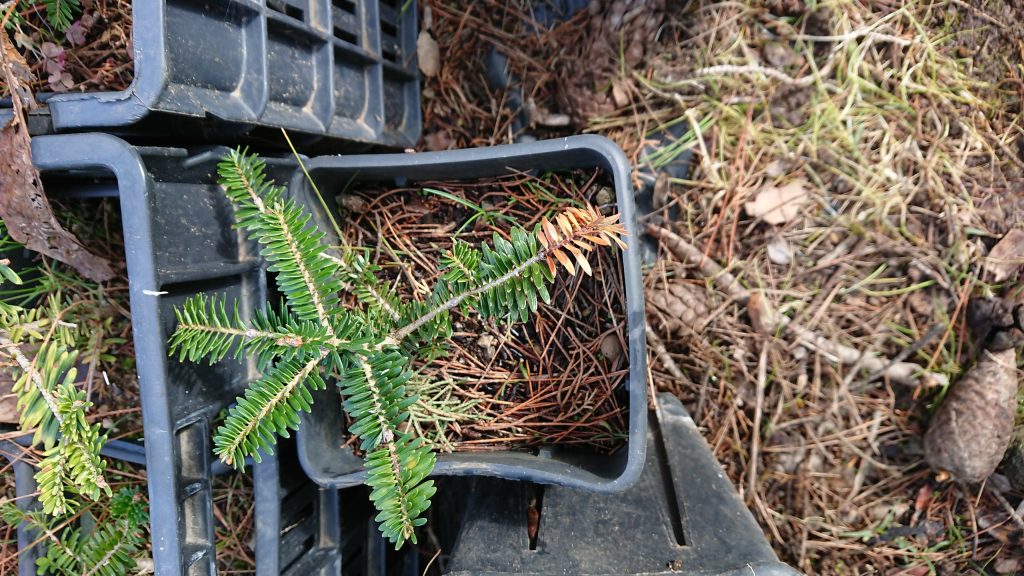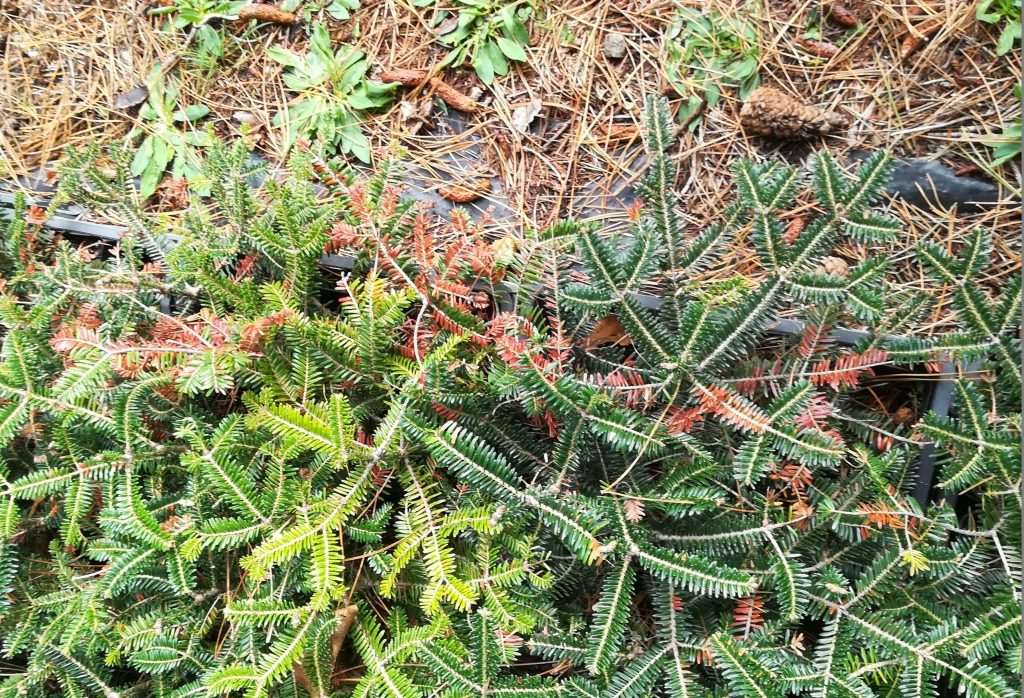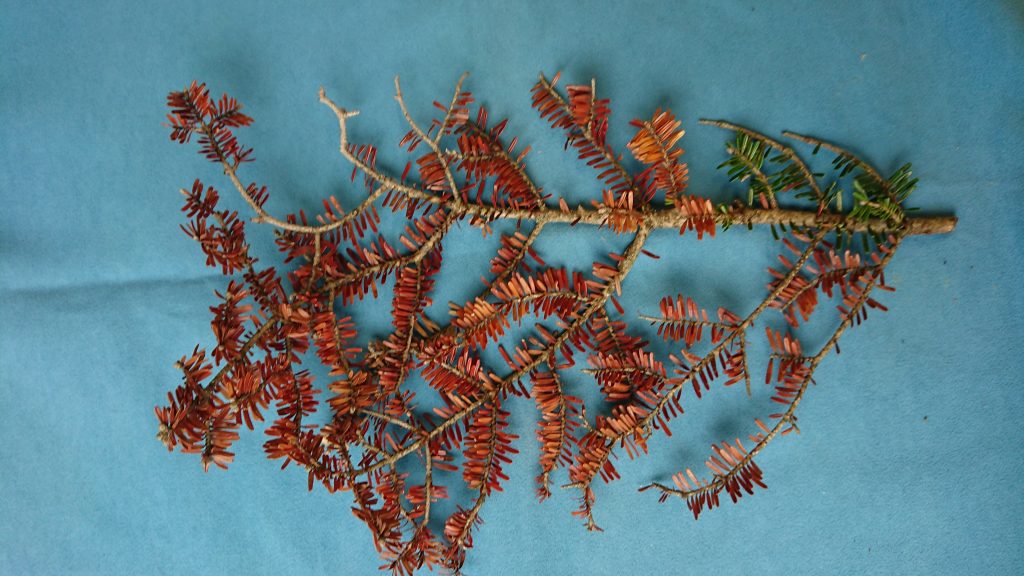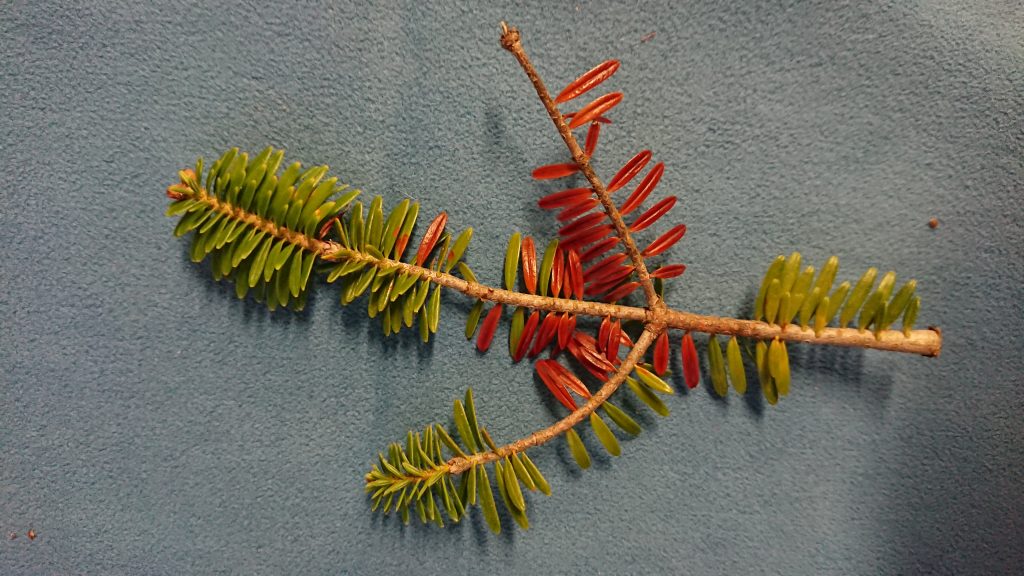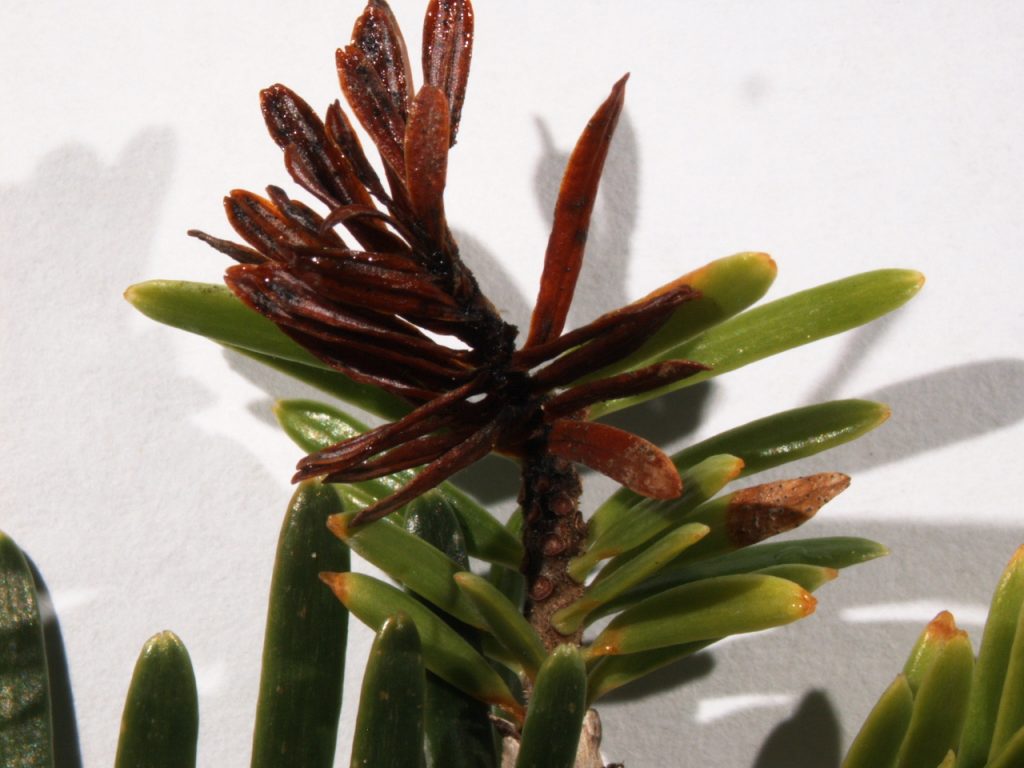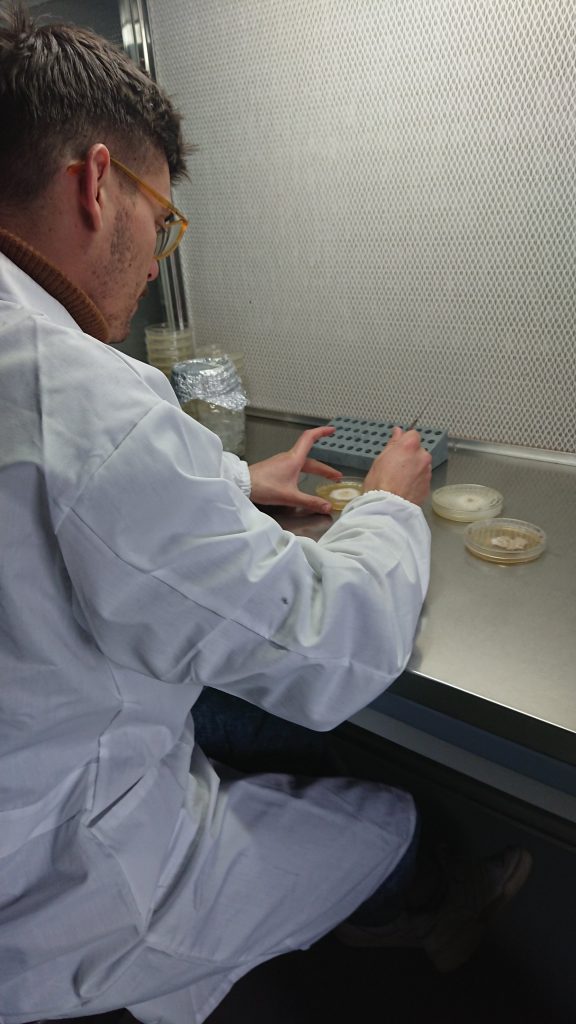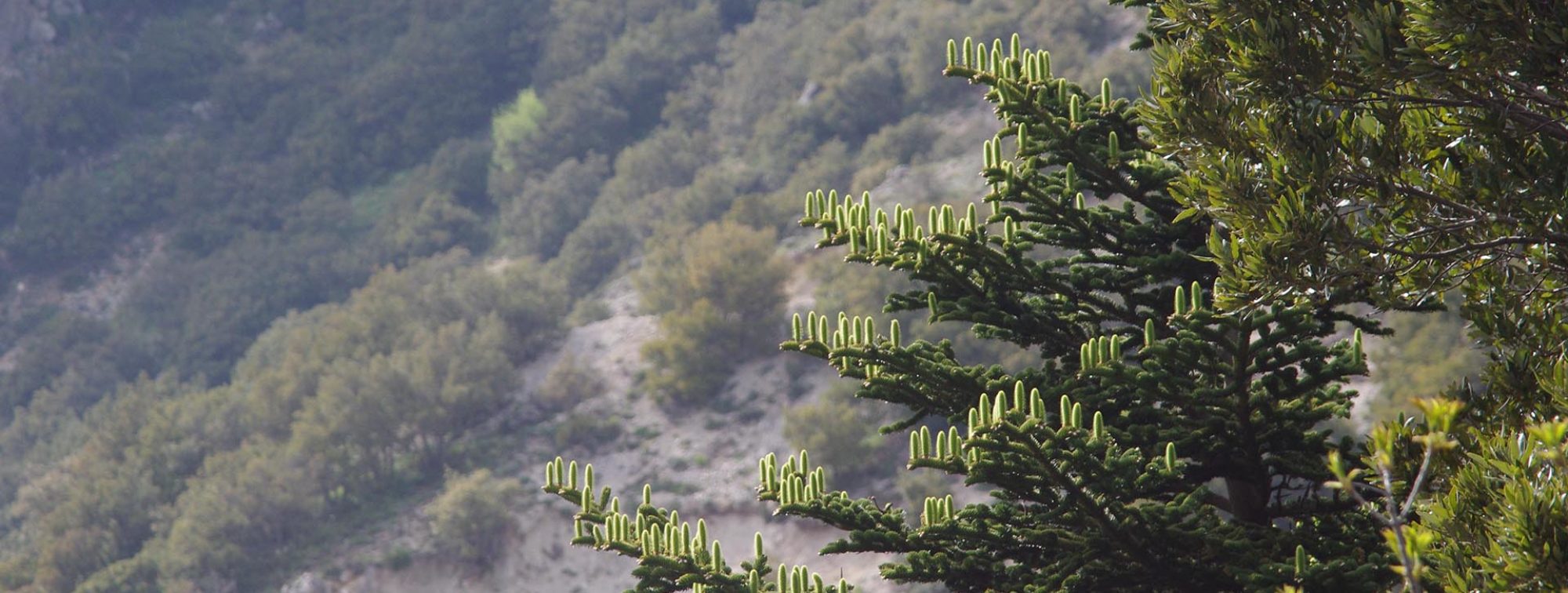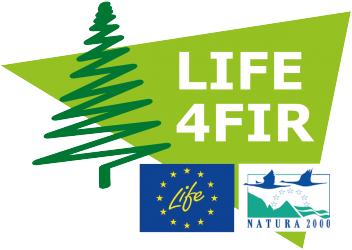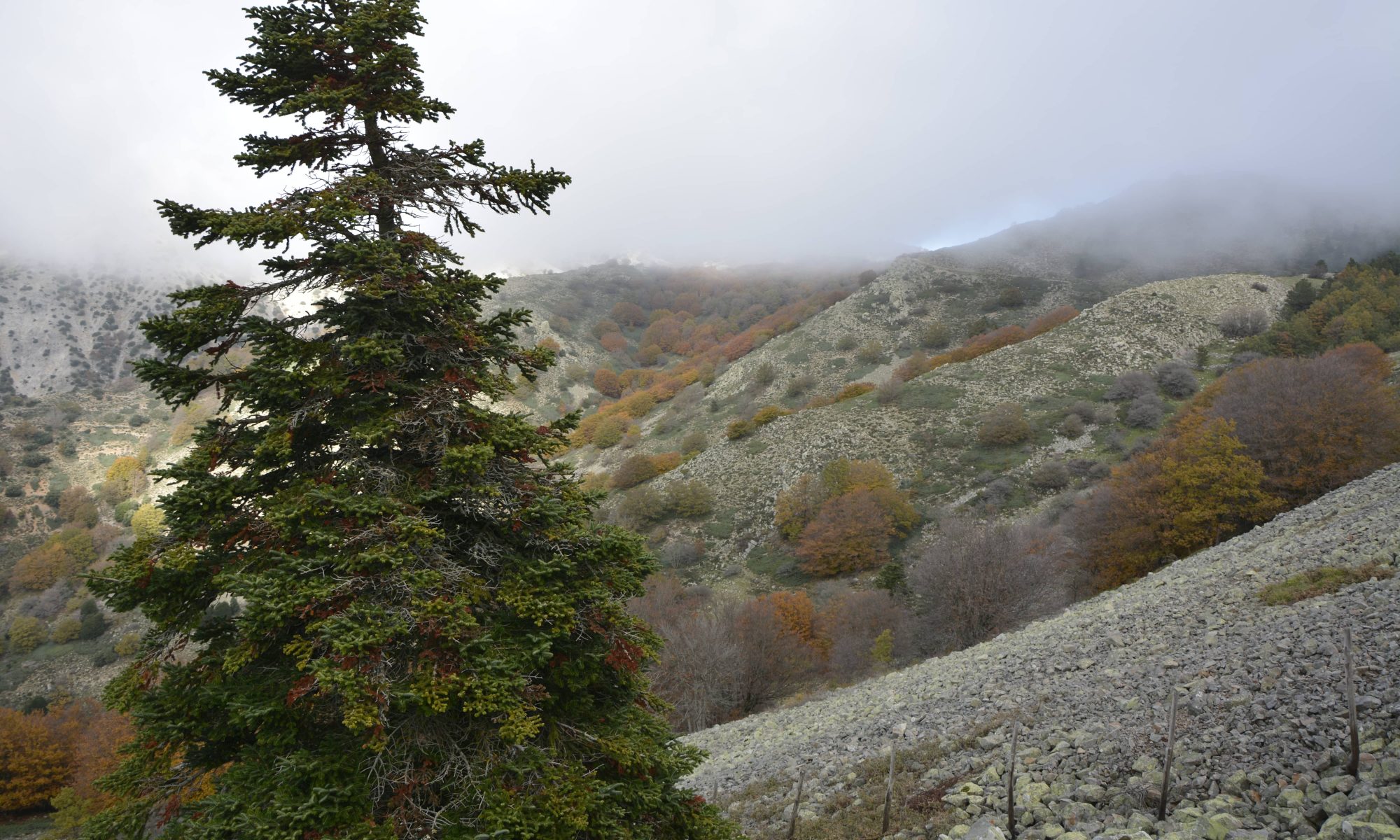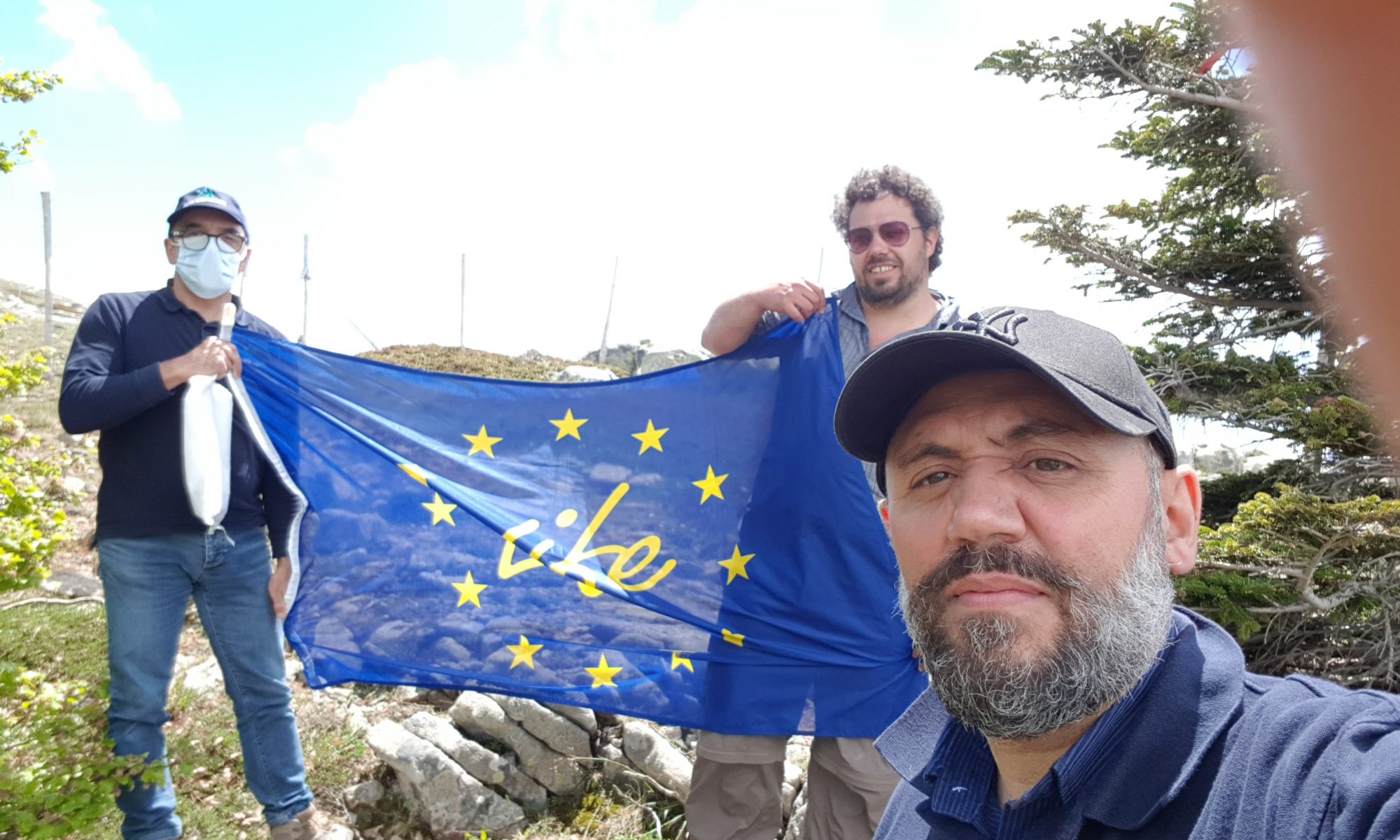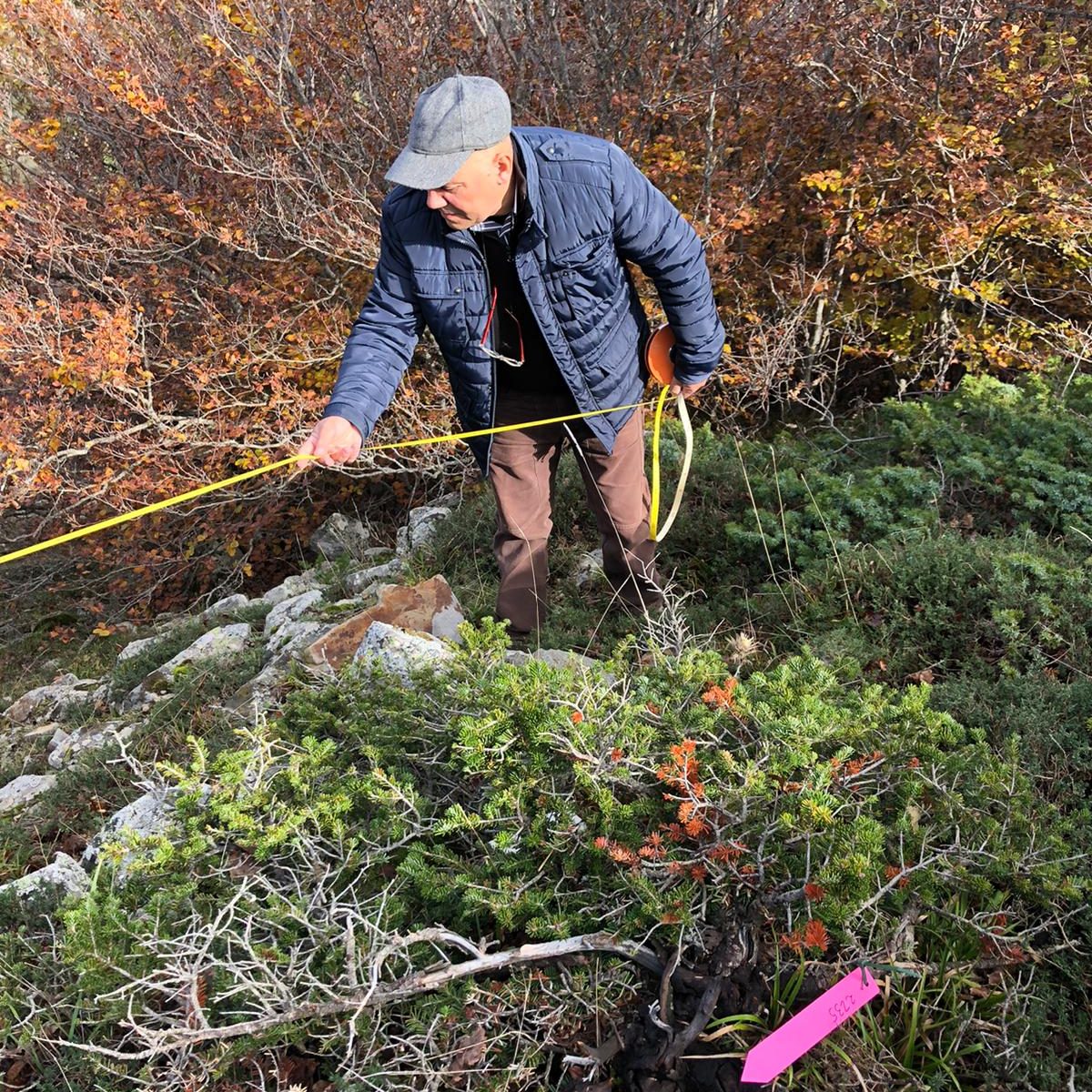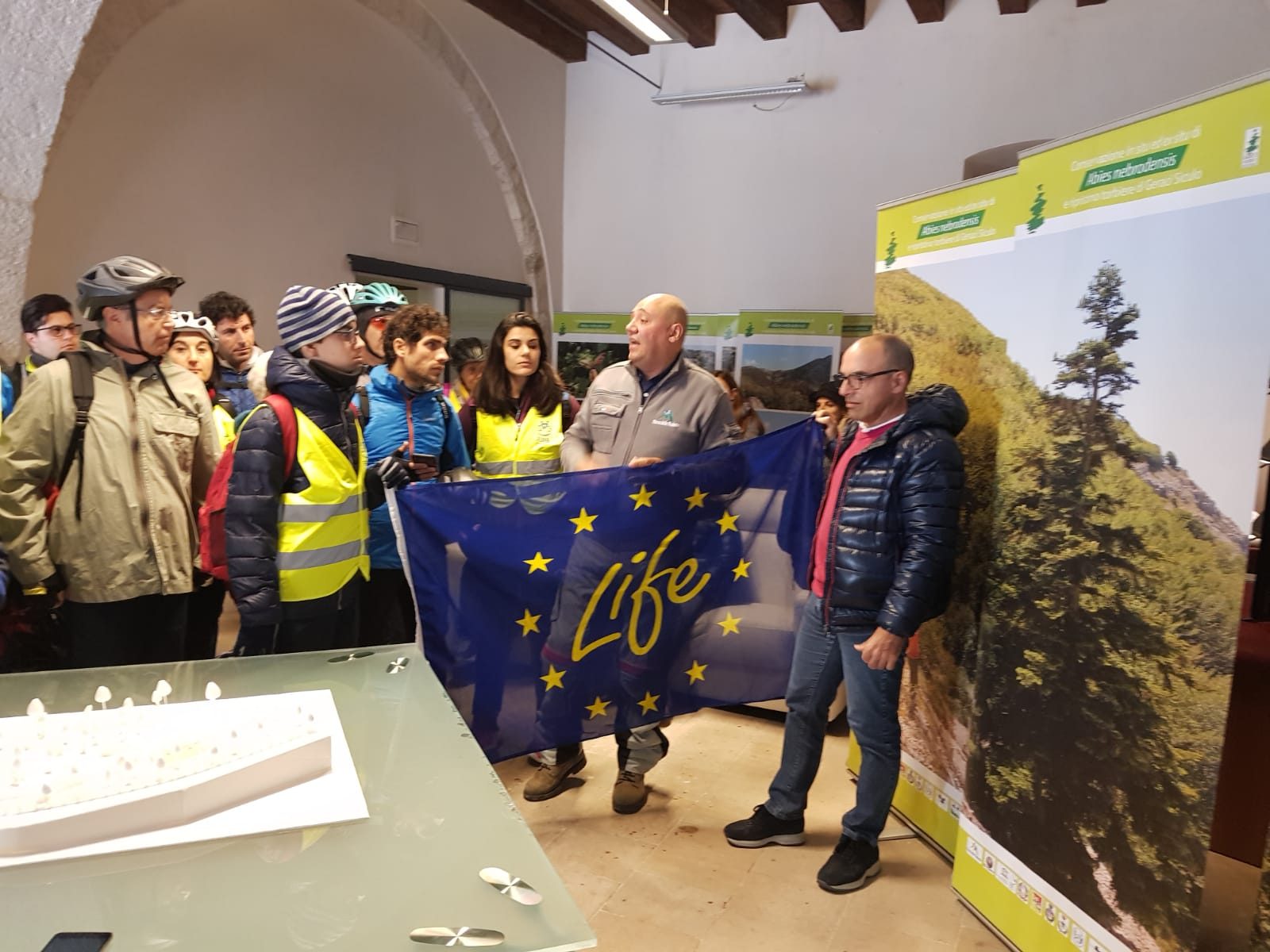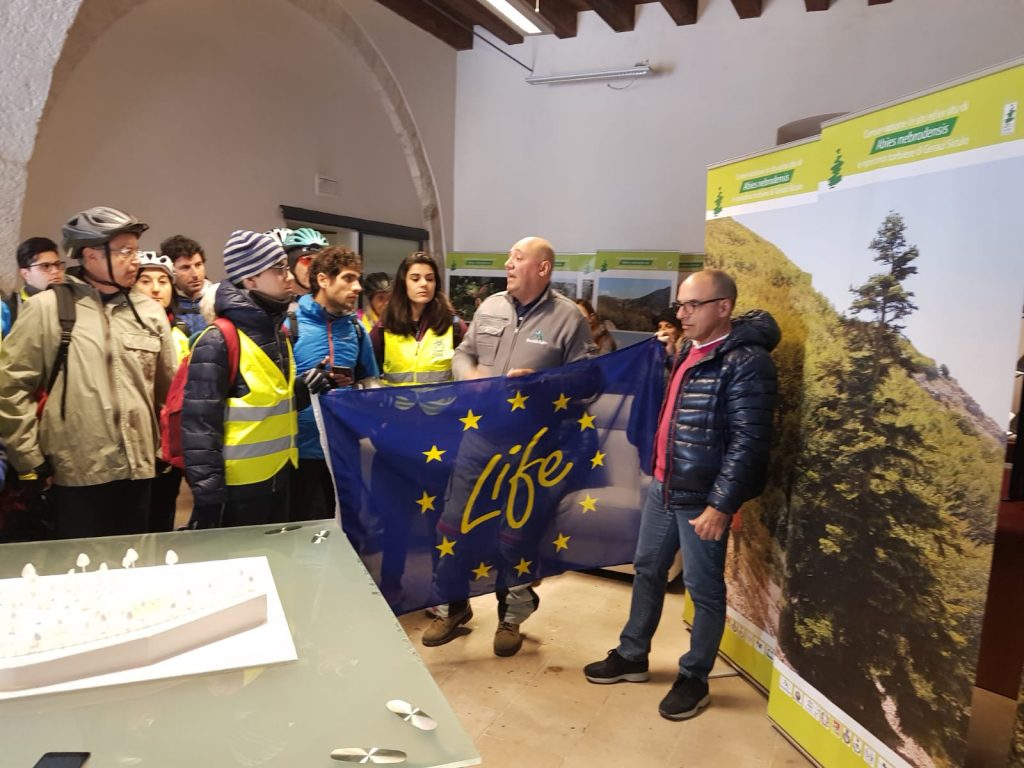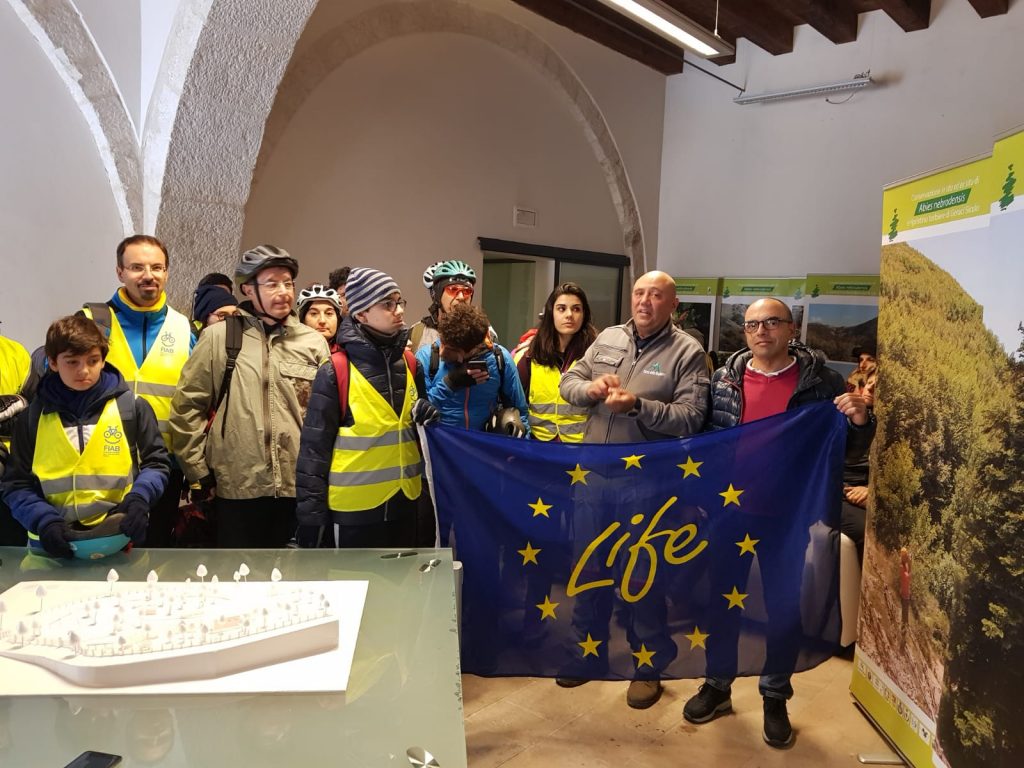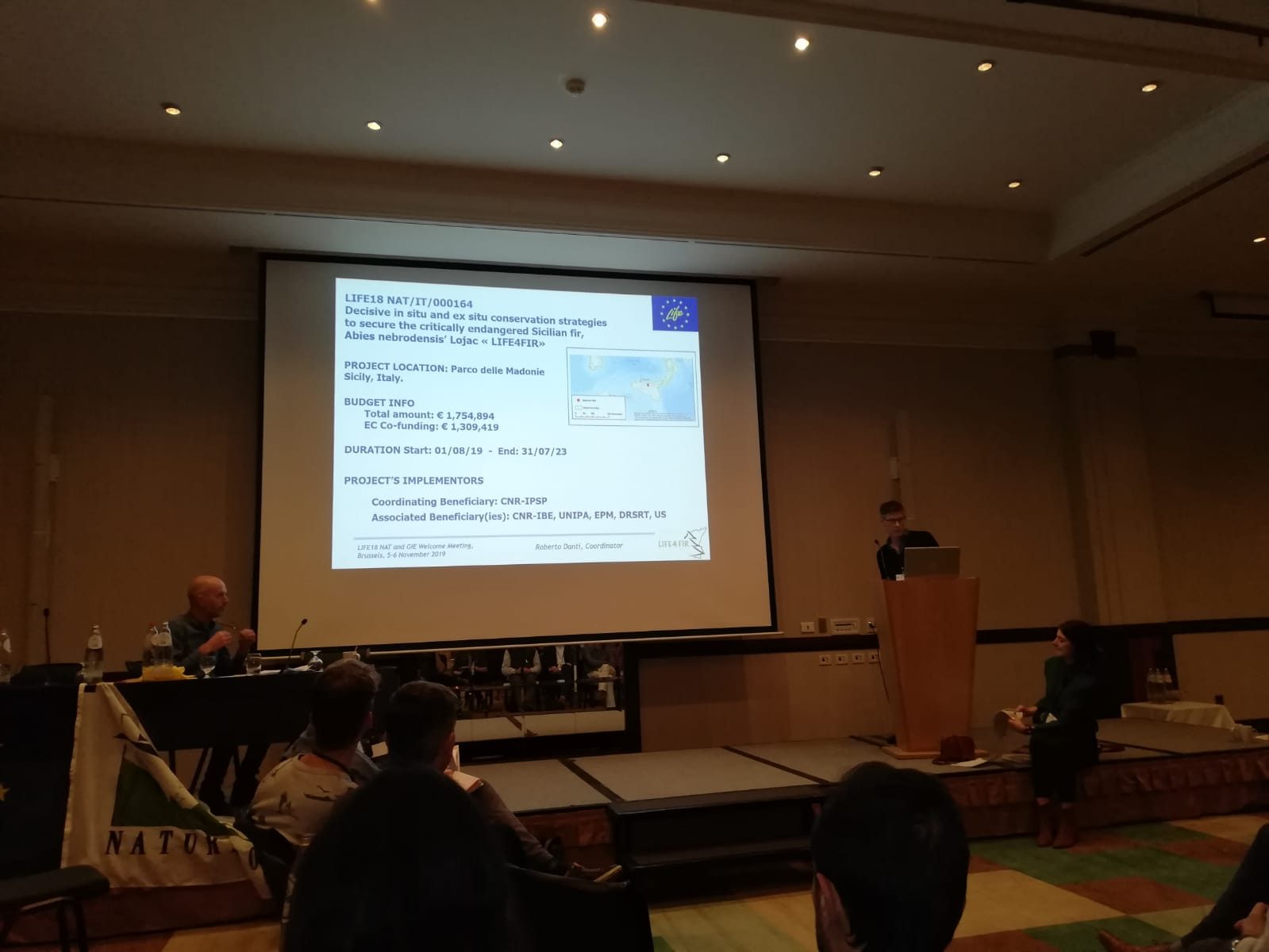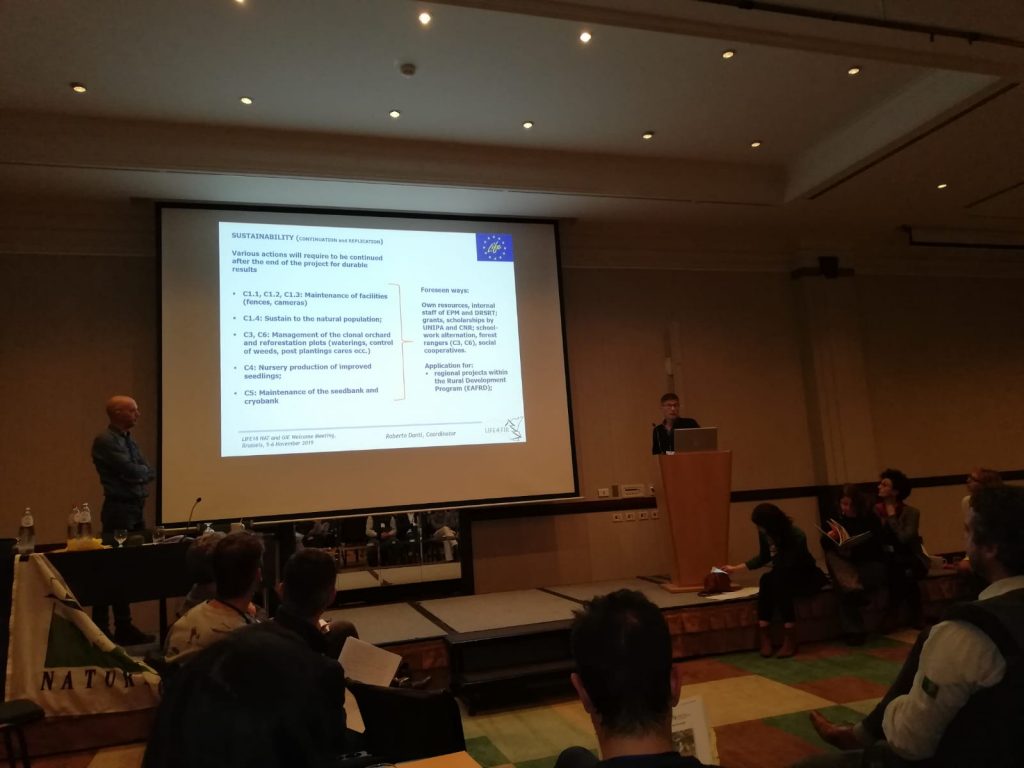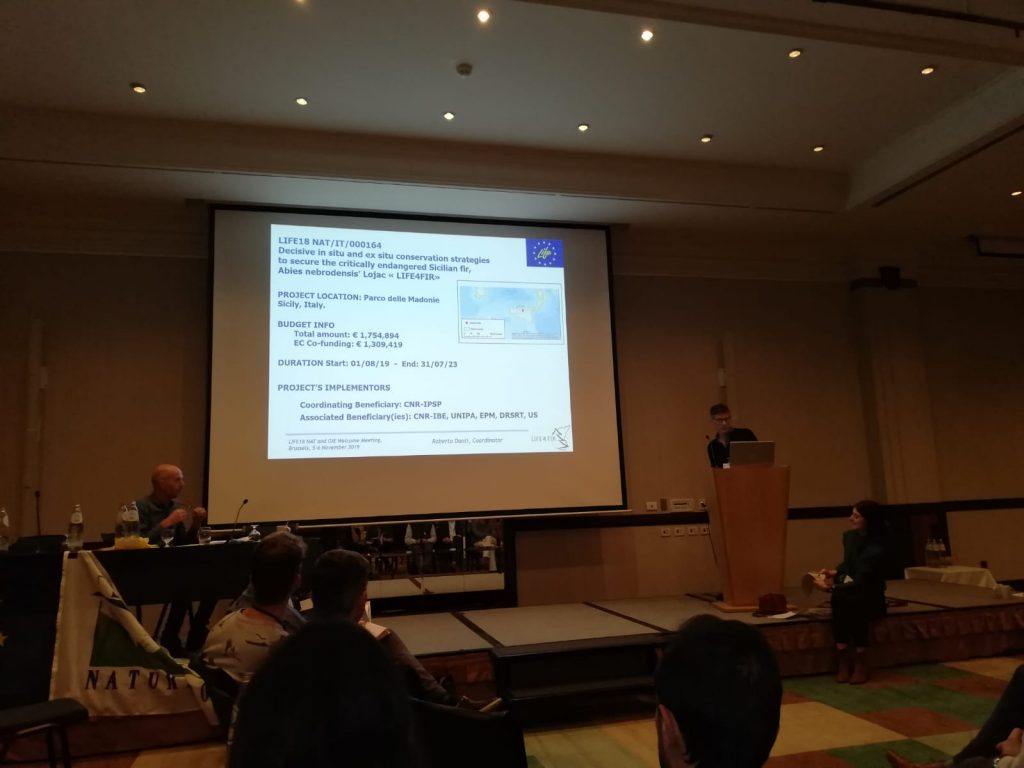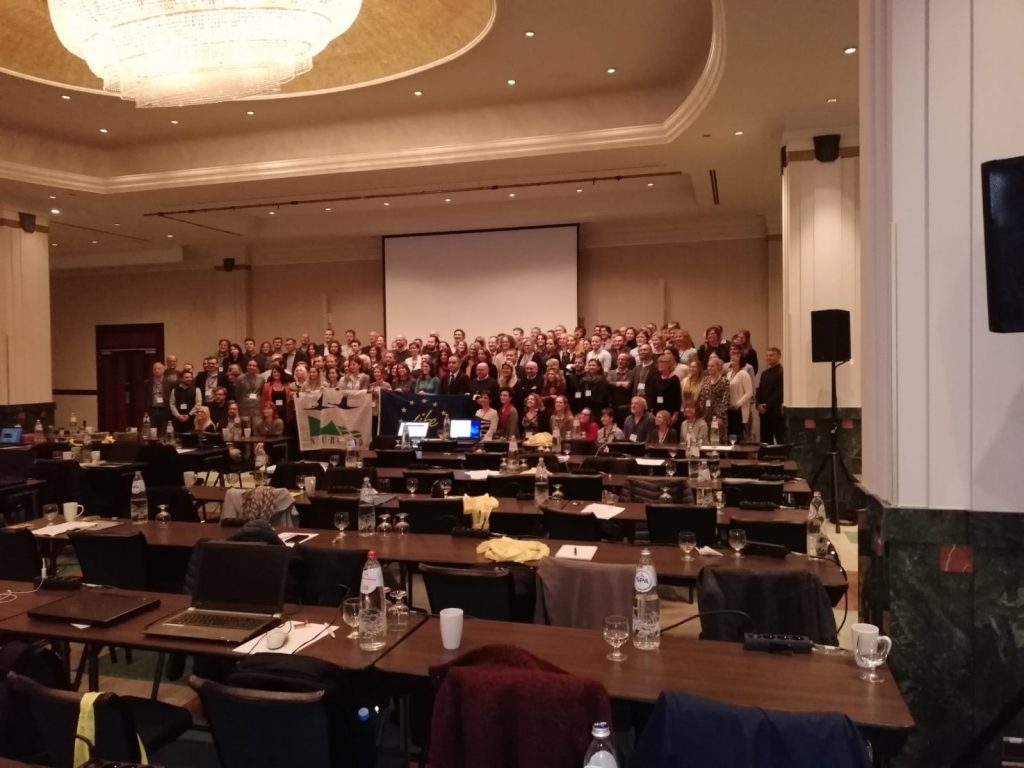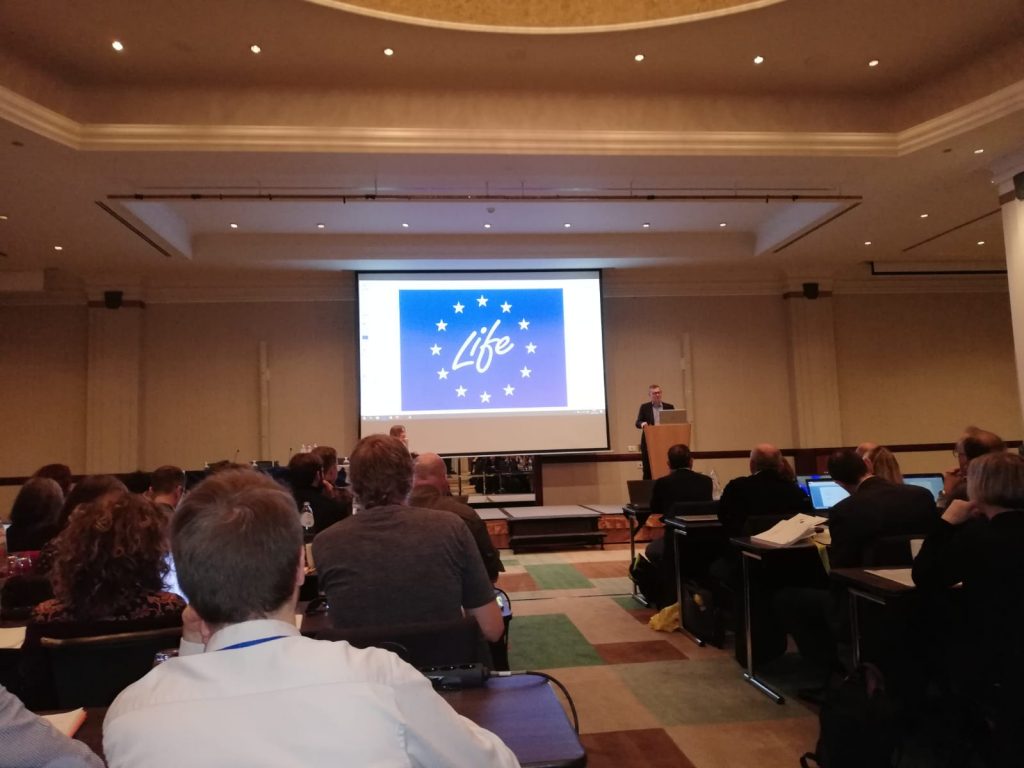Dal 20 al 22 novembre 2019 i partners di LIFE4FIR si sono riuniti per tre giorni di lavoro sulle Madonie per lo svolgimento delle attività tecniche previste nell’azione A1 ‘Sviluppo di un protocollo per la caratterizzazione genetica della popolazione naturale di Abies nebrodensis e ottimizzare la sua propagazione e la conservazione a temperature criogeniche di organi e tessuti’.
Il lavoro è stato svolto nell’area del popolamento naturale e nel vivaio ‘Piano Noce’ ove le piantine di A. nebrodensis vengono prodotte dal seme raccolto dalle piante mature.
Il team dell’Università di Siviglia ha effettuato campionamenti per la caratterizzazione genetica della popolazione naturale (sottoazione A1.1) e delle piantine presenti in vivaio (sottoazione A1.2).
Il team dell’IPSP-CNR ha effettuato rilievi e campionamenti per valutare la presenza e l’impatto causato da agenti patogeni e da fattori ambientali avversi sia alle piante della popolazione naturale che alle piante allevate in vivaio. Sono state definite le diverse tipologie di alterazioni dello stato vegetativo e sono stati raccolti campioni per successive analisi di laboratorio (sottoazione A1.3).
Il team dell’IBE-CNRT e CIRITA-UNIPA ha iniziato ad analizzare i semi ottenuti dagli strobili raccolti in autunno per valutare la vitalità e il tasso di germinazione e procedere allo sviluppo del protocollo di conservazione a bassa temperatura e di crioconservazione di organi e tessuti.
Nello svolgimento delle attività in bosco e in vivaio i ricercatori sono stati supportati e guidati con disponibilità ed efficienza dal personale tecnico di EPM e DRSRT. Sono stati tre giorni di intenso lavoro all’insegna di un bel clima di collaborazione.
I rappresentanti del progetto LIFE4FIR hanno poi visitato il Museo dell’Abies nebrodensis appena allestito nella sede del municipio di Polizzi Generosa. Su richiesta del Sindaco, si sta valutando l’opportunità di allestire qui la banca del seme e la criobanca previste nel progetto.
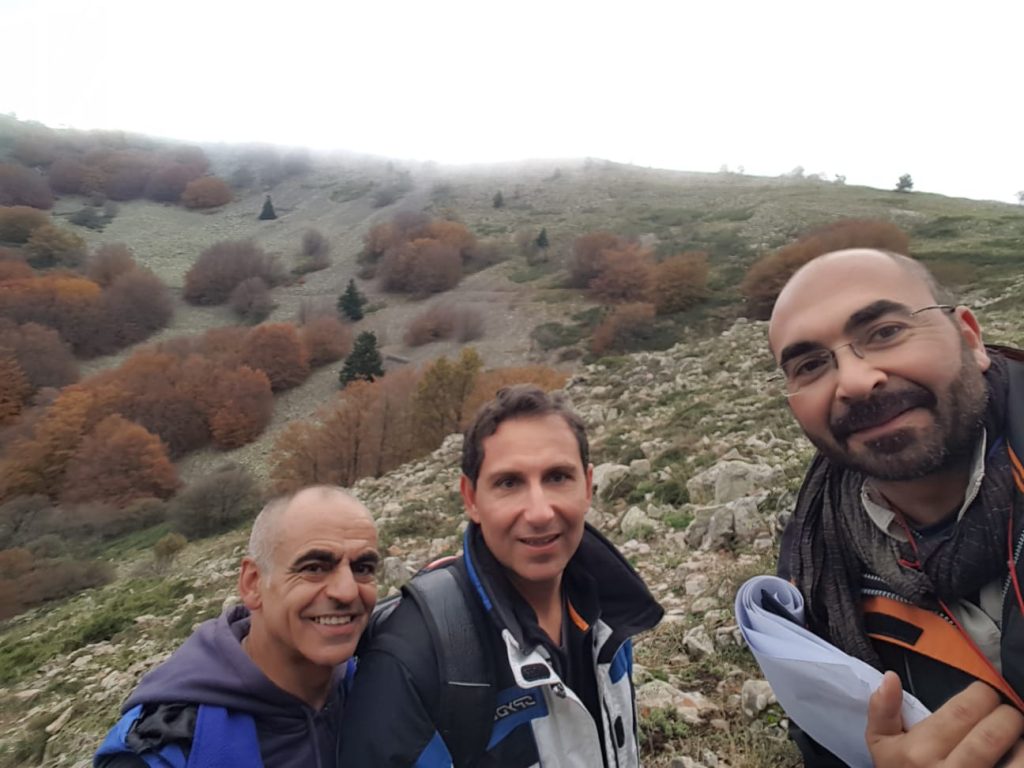
Durante il campionamento della popolazione naturale per analisi genetiche (azione A1.1). Sullo sfondo sono visibili alcuni alberi sparpaglati di A. nebrodensis.
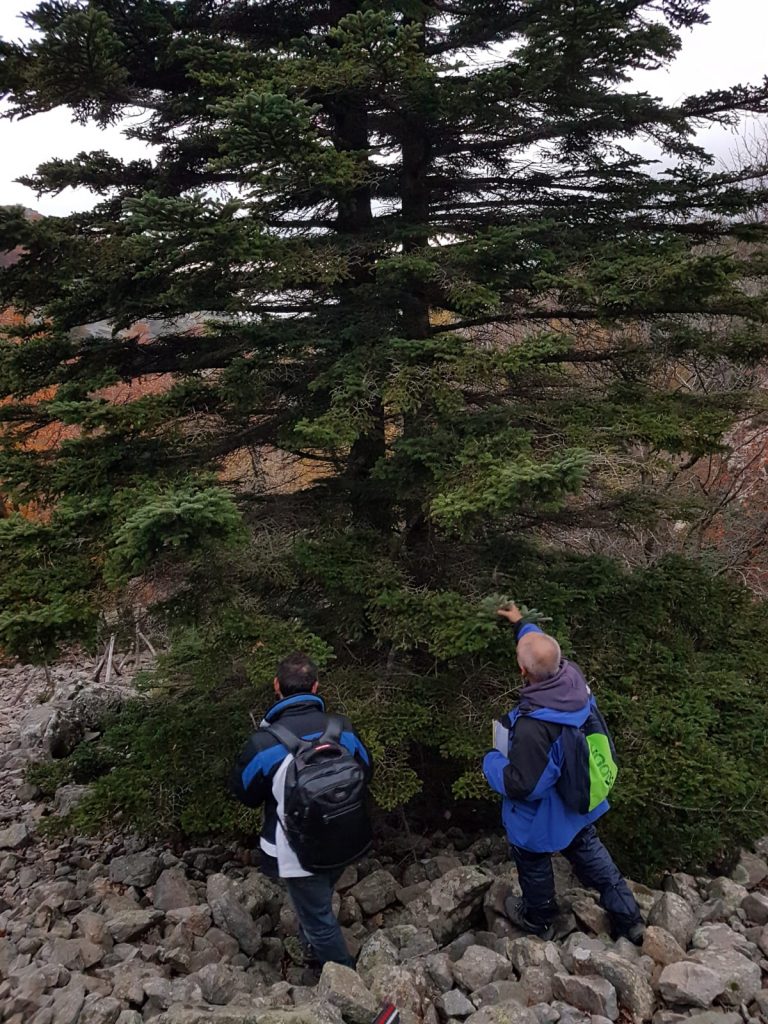
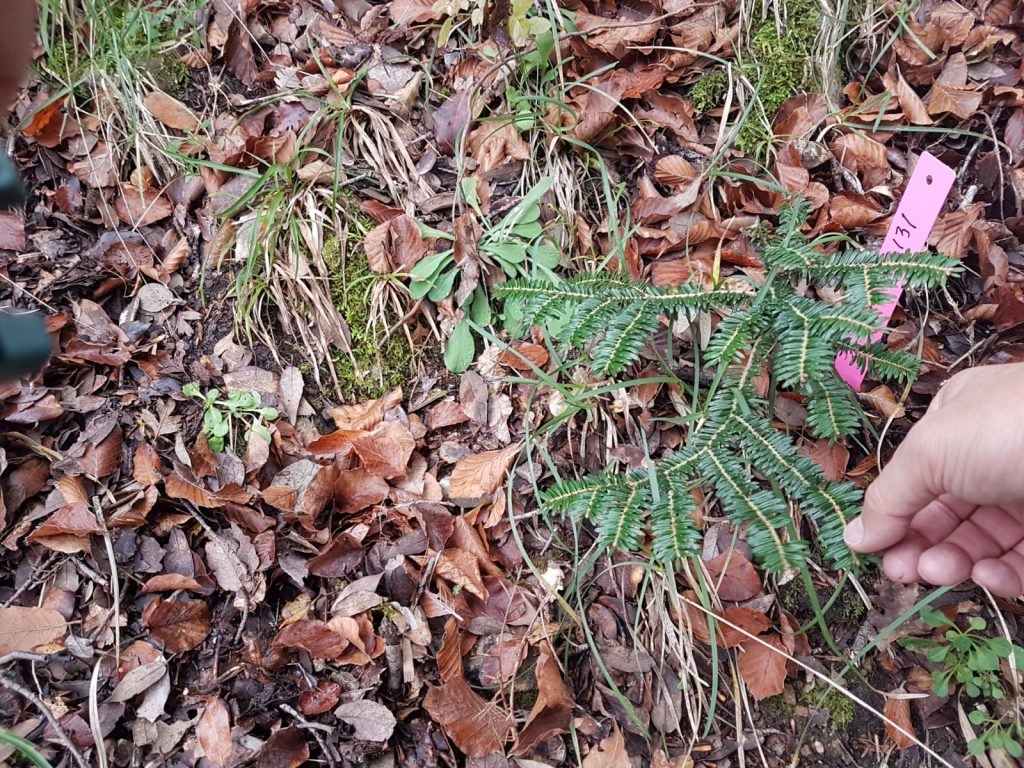
Campioni di aghi verdi sono stati raccolti da ogni pianta adulta di Abies nebrodensis e dalle piantine della rinnovazione naturale.
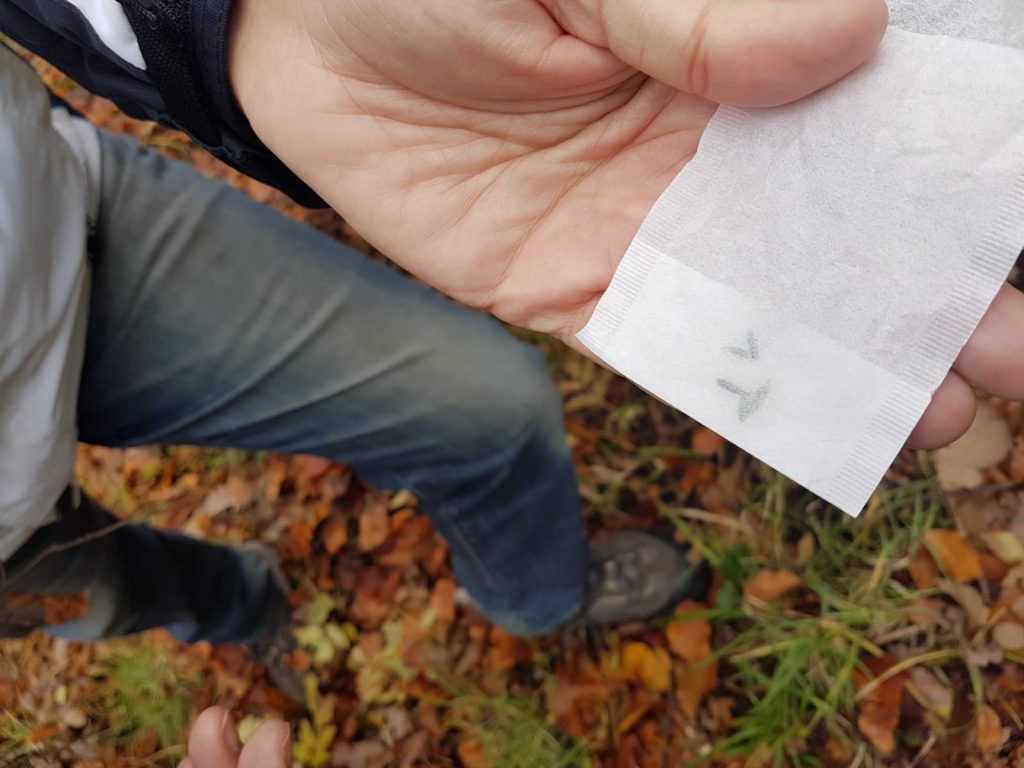
Gli aghi campionati da ogni pianta sono stati separatamente inseriti in bustine da te.
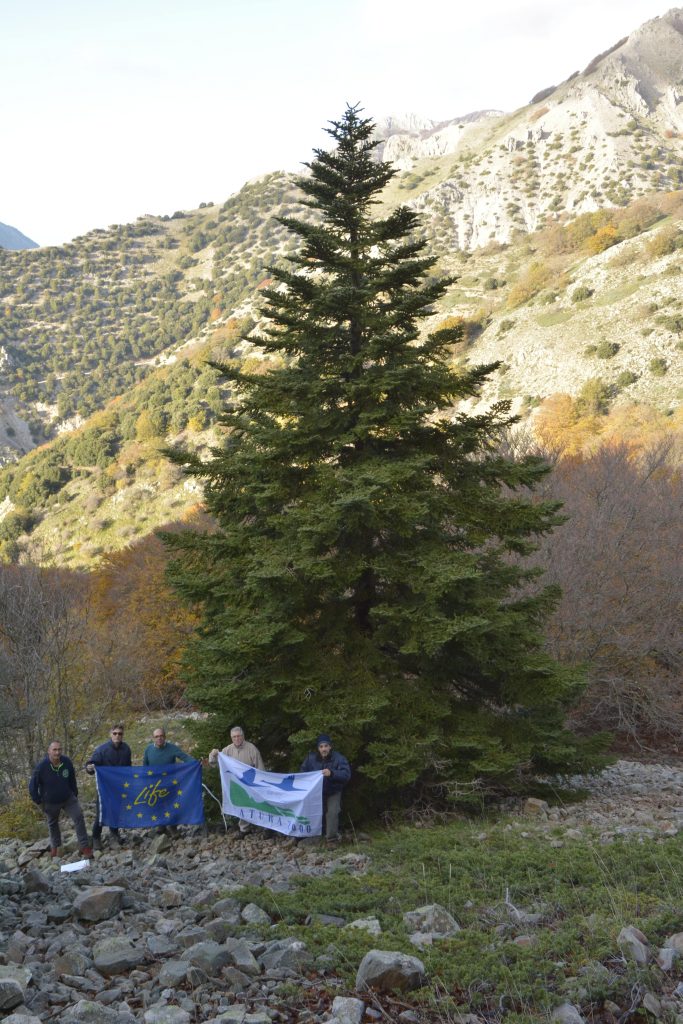
Una fase dei rilievi sullo stato sanitario delle piante della popolazione naturale (albero n.8).
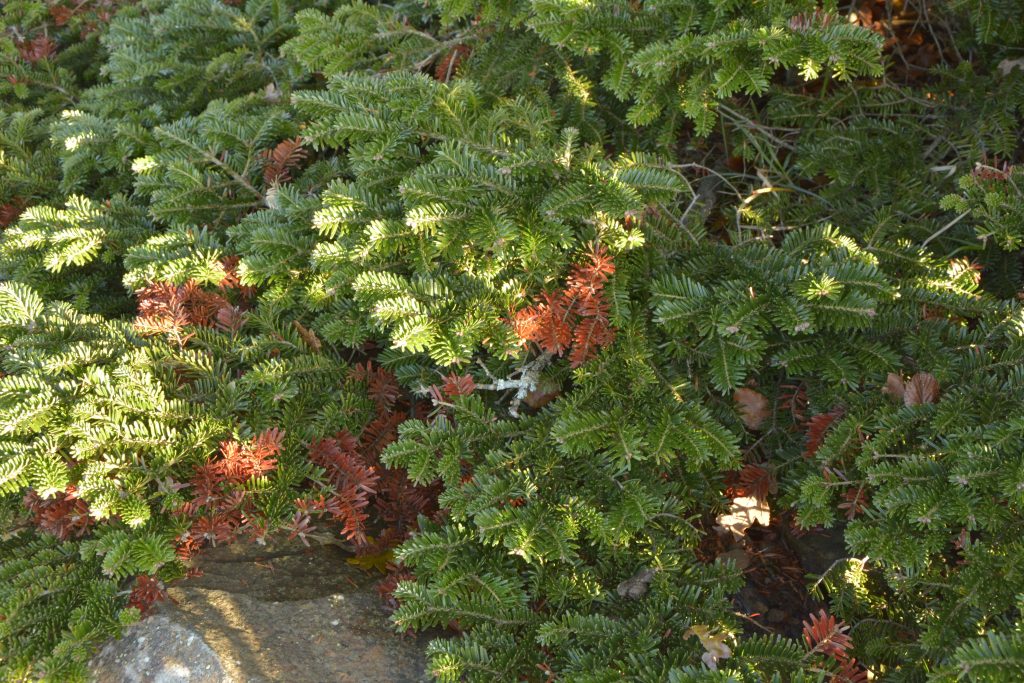
Germogli arrossati (albero n. 11).
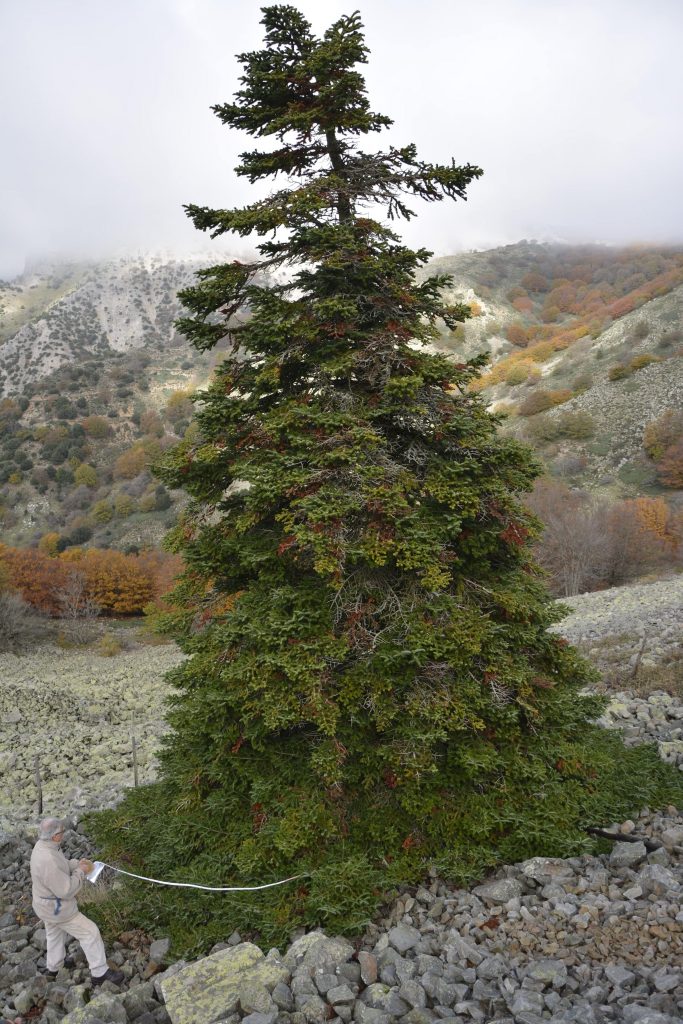
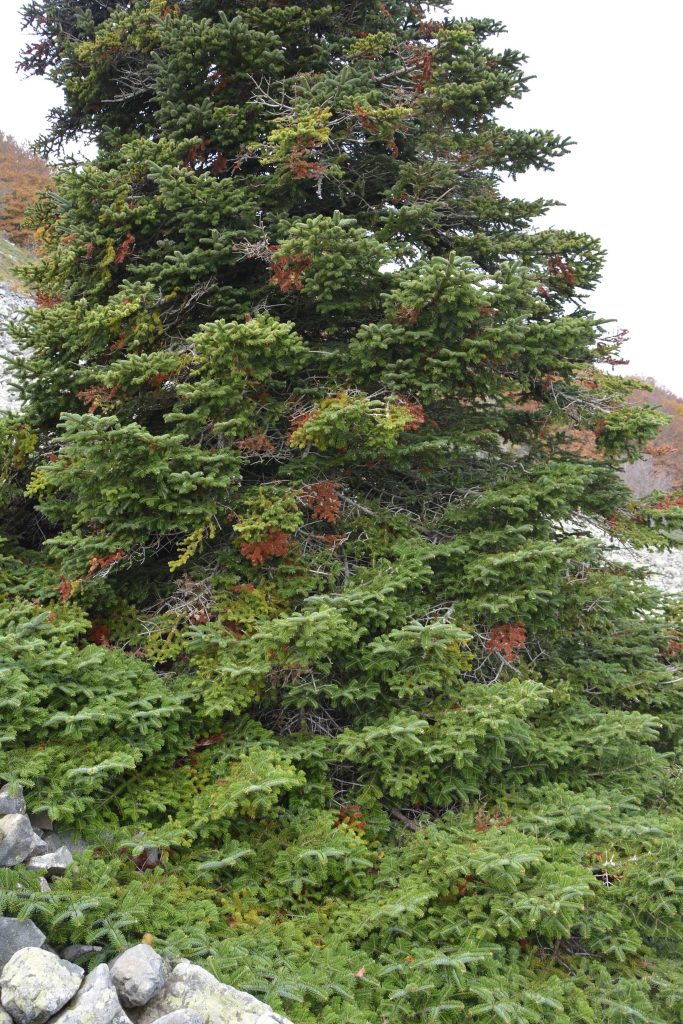
L’albero n. 12 con disseccamenti e arrossamenti sparsi sulla chioma.
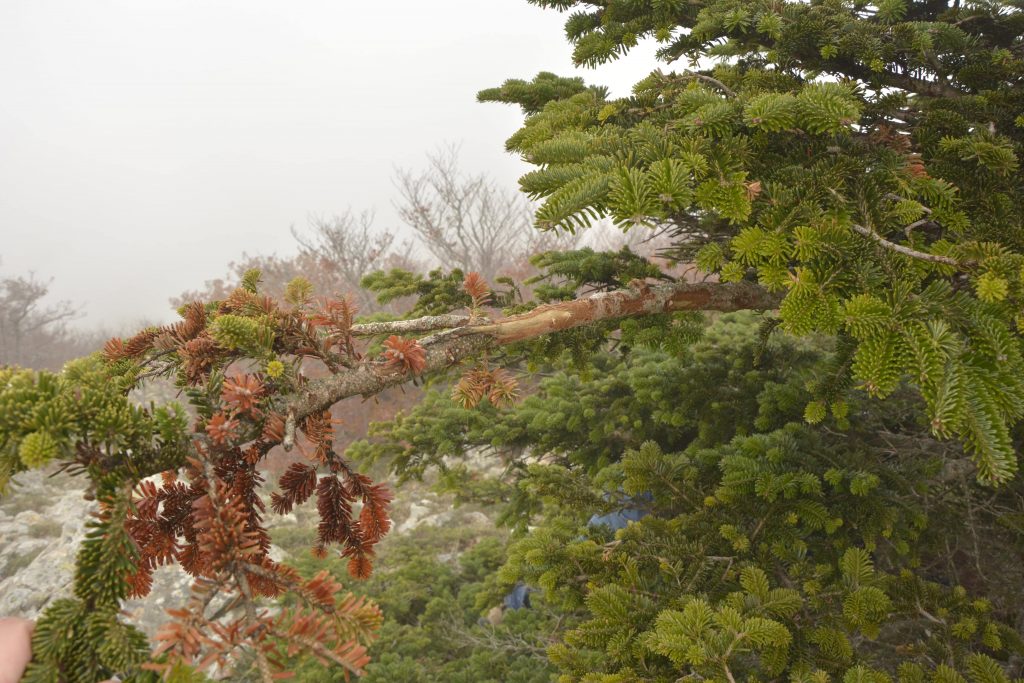
Danno causato dalla fauna selvatica alla pianta n. 24.
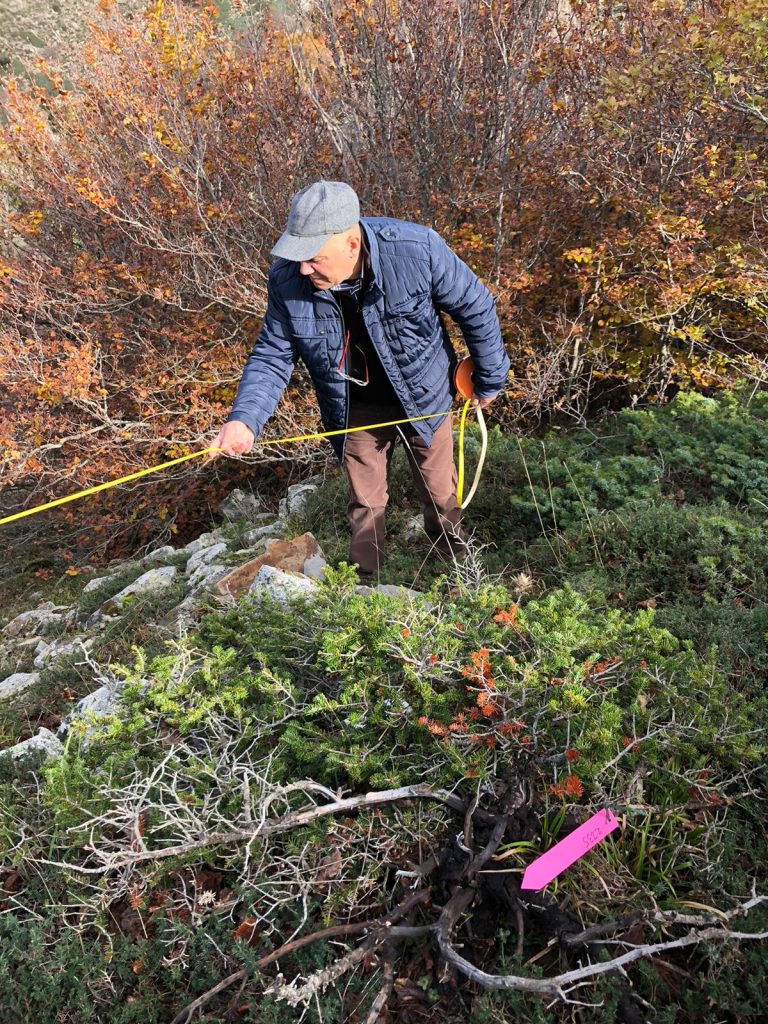
Rilievi sulla pianta n. 28.
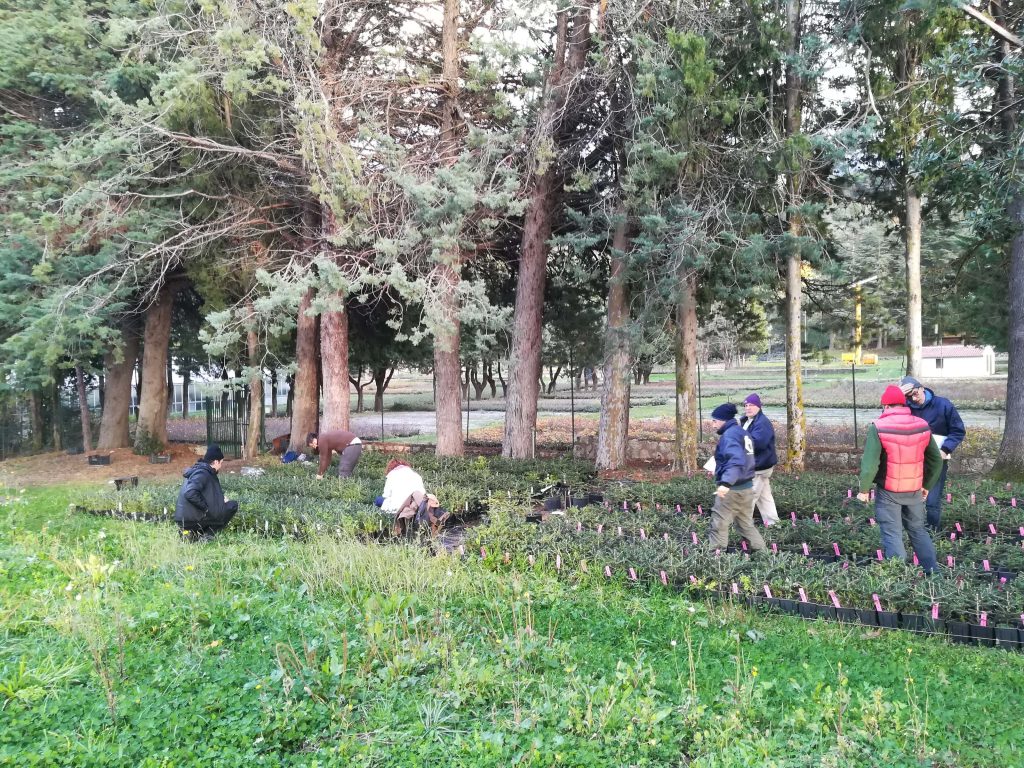
Rilievi e campionamenti sulle giovani piante di A. nebrodensis allevate nel vivaio ‘Piano Noce’.
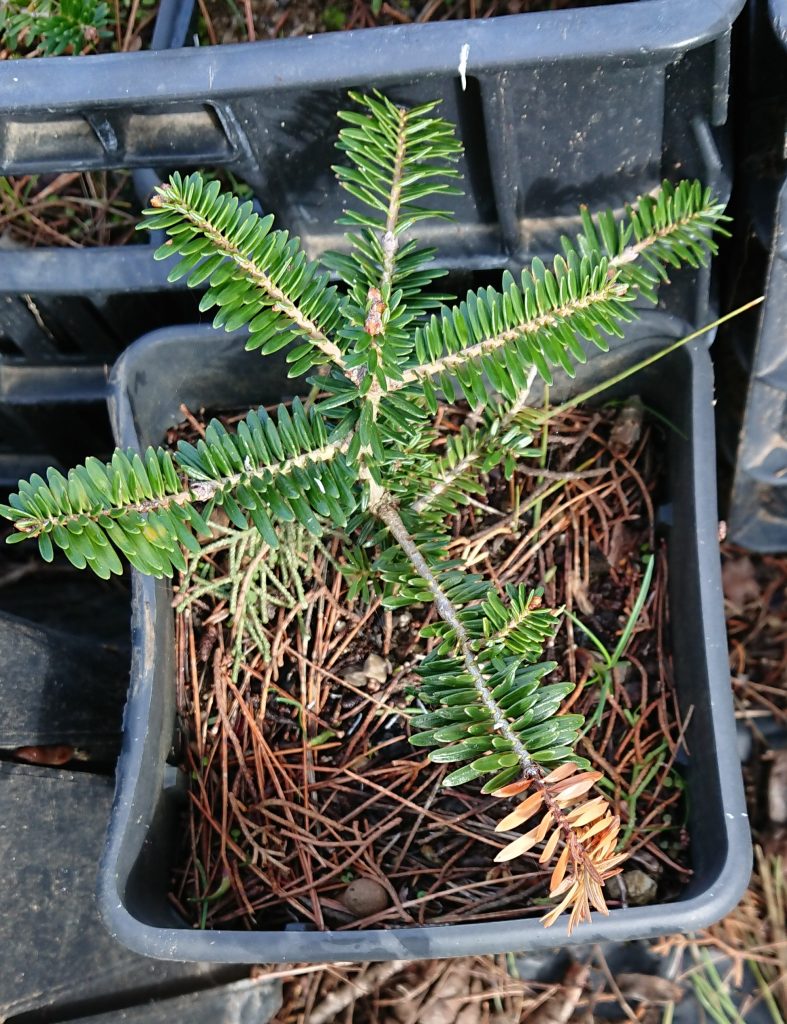
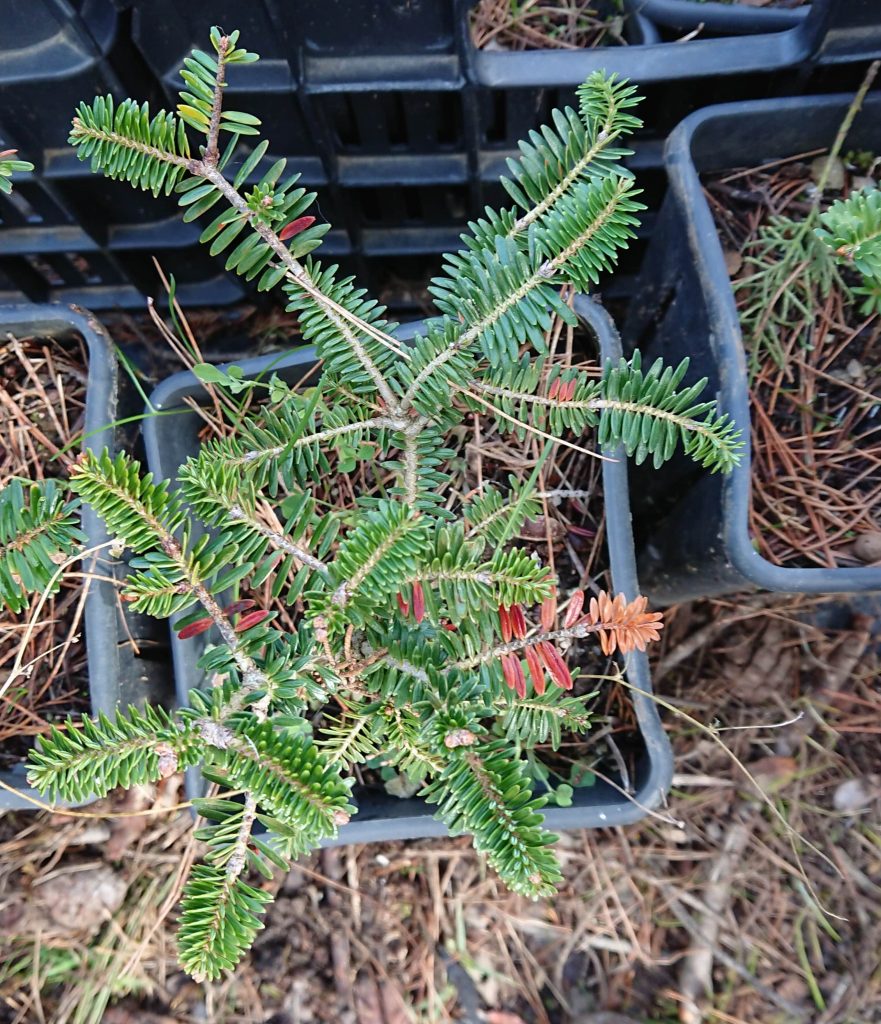
Piantine con germogli disseccati.
